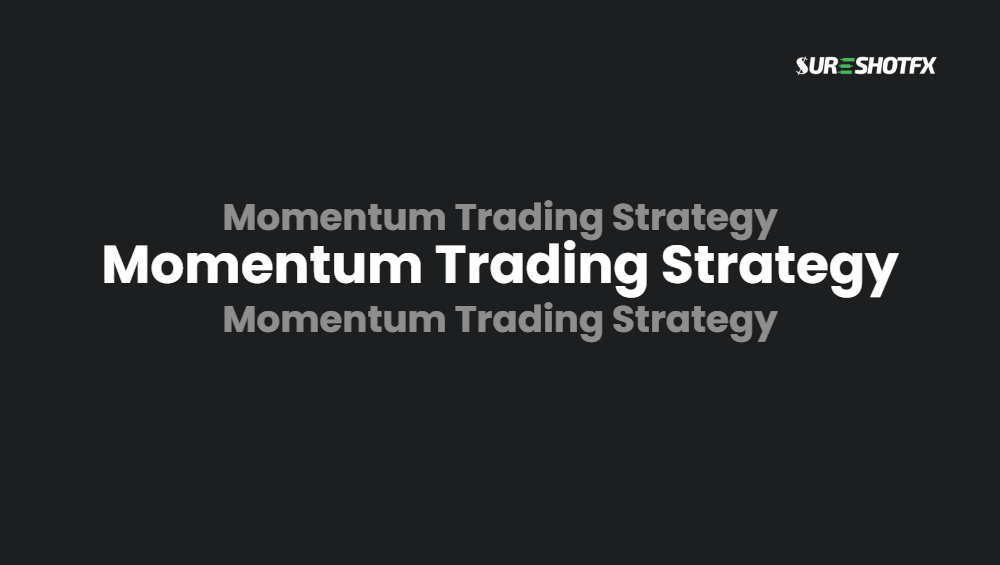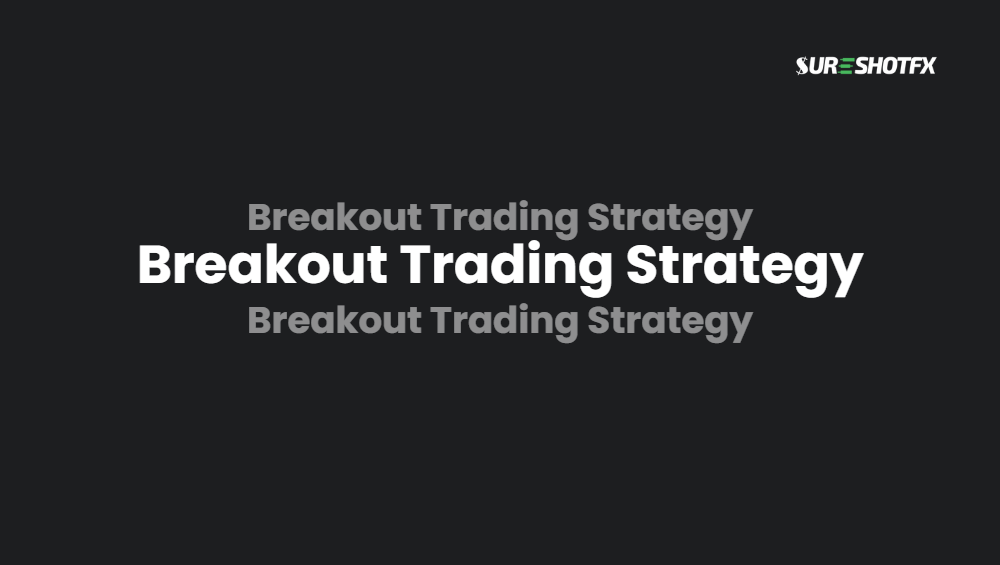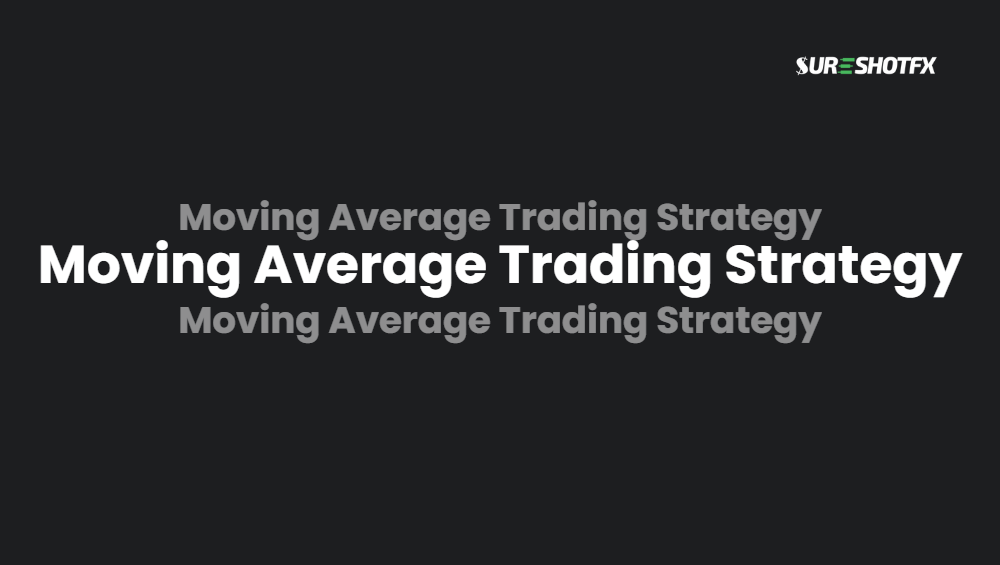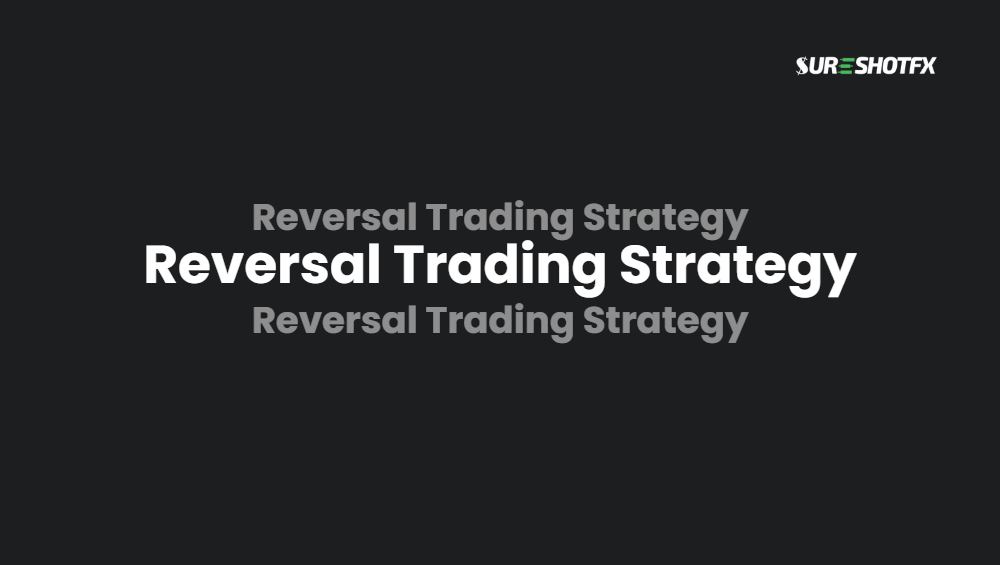5 Best Day Trading Strategies That You Are Looking For!


As a beginner in day trading, it s important to know the basic and best day trading strategies properly to avoid any kind of losses and gain many profits in a shorter time. Intraday trading is a riskier way to invest money in the stock market and very much different from what investors do in the stock market. So, it is mandatory to invest as much as one can afford to lose. Here, either you can win or you can lose all but that depends on intraday trading strategies you are using to trade. Here, we will talk about five best intraday trading strategies that will help you make an informed decision while trading forex.
What is Day Trading?
Day trading refers to buying and selling financial instruments, such as stocks, options, currencies, and futures, within the same trading day. The goal of day trading is to profit from the price movements of these assets over a short period, typically just a few hours or minutes.
Day traders use technical analysis and charting tools to identify short-term trading opportunities. They may leverage their trades with borrowed funds to amplify potential profits. Day traders typically close all of their positions by the end of the trading day to avoid exposure to overnight market risk.
Day trading can be highly risky. It requires a significant amount of knowledge, skill, and discipline. It is not suitable for all investors and should only be pursued by those who fully understand the risks involved.
Intraday trading is the most common in the stock markets and forex. Scheduled announcements like the release of news affect the market greatly. Market reacts to these news and moves suddenly and significantly which benefits the intradday traders greatly.
What are the 5 Best Day Trading Strategies?
One of the best parts about day trading is how it allures the traders to take profits from the price fluctuations. To do so, you need to learn and practice good intraday trading strategies. Here are the best 5 day trading strategies that you are looking for-
Momentum Trading Strategy
Momentum trading is a popular strategy used in the financial markets to take advantage of the trend-following behavior of certain assets. The basic idea behind momentum trading is to buy assets that have been trending upward and sell assets that have been trending downward.


The momentum trading strategy is based on the assumption that assets that have performed well in the recent past are likely to continue performing well in the future. This is because investors tend to follow trends and momentum, rather than looking at the underlying fundamentals of the asset.
To implement a momentum trading strategy, traders typically look for assets that have shown a strong upward or downward trend over a certain period of time, such as the past 3 to 12 months. They then buy assets that have shown a strong upward trend and sell assets that have shown a strong downward trend.
One common way to measure momentum is through the use of technical indicators, such as moving averages, relative strength index (RSI), and stochastic oscillators. These indicators help traders identify when an asset is overbought or oversold, which can indicate a potential reversal in the trend.
It is important to note that momentum trading is a high-risk strategy, as it relies on the continuation of trends that may not continue indefinitely. Traders must be diligent in their analysis and risk management to avoid large losses. It is also important to diversify one’s portfolio and not rely solely on momentum trading.
Breakout Trading Strategy
Breakout trading is a strategy used in financial markets that aims to take advantage of a sudden and significant move in the price of an asset. The basic idea behind breakout trading is to enter a position when the price of an asset breaks through a significant level of support or resistance. It may indicate a new trend to start.


To use a breakout trading strategy, traders typically look for assets that have been trading within a narrow range for a significant period of time. They then look for a breakout above or below a key resistance or support level.
Once the breakout occurs, traders enter the market. If the breakout is above resistance, they take long position. If the breakout is below support, they take short position. Traders can use technical indicators such as moving averages, trend lines, or Bollinger Bands to identify key levels of support and resistance.
It is important to note that breakout trading can be risky. False breakouts can occur, where the price briefly breaks through a key level and then reverses. Traders must be conscious about their analysis and risk management to avoid huge losses.
One common approach to manage risk in breakout trading is to use stop-loss orders, which are orders that are placed to automatically sell a position if the price moves against the trader beyond a certain point. This can help limit potential losses in the event of a false breakout or a sudden reversal.
Overall, breakout trading can be a profitable strategy when executed correctly. But it requires careful analysis and risk management. Traders should also consider using other strategies along with breakout trading, such as trend following or mean reversion, to diversify their portfolio and reduce their overall risk.
Moving Average Trading Strategy
Moving average trading is a strategy that uses one or more moving averages to identify the trend and potential entry and exit points in the financial markets. The moving average crossover strategy is based on the simple fact that smaller moving averages follow price faster than larger moving averages. When the crossover strategy occurs, a small trend formation occurs.


To implement a moving average trading strategy, traders typically plot one or more moving averages on a price chart. A moving average is a line that shows the average price of an asset over a specific period of time, such as 50 days or 200 days.
Traders may use one or more moving averages to identify different trends. For example, a shorter-term moving average, such as the 50-day moving average, may be used to identify short-term trends, while a longer-term moving average, such as the 200-day moving average, may be used to identify long-term trends.
When the price of an asset crosses above or below a moving average, it can signal a potential trend reversal. Traders may enter a long position when the price crosses above a moving average, indicating a potential uptrend, and exit the position when the price crosses below the moving average, indicating a potential downtrend. The opposite approach can be used for short positions.
It is important to note that moving average trading is not foolproof and can result in false signals, particularly in choppy or sideways markets. Traders must be diligent in their analysis and risk management to avoid significant losses.
Overall, moving average trading can be a useful strategy for identifying trends and potential entry and exit points in the financial markets. However, traders should consider using other strategies along with moving average trading to diversify their portfolio and reduce their overall risk.
Pullback Trading Strategy
Pullback Trading Strategy is a strategy where traders enter the market during pullbacks.
The pullback trading strategy is a popular approach used by traders. It identifies potential buying opportunities in a trending market. The basic idea is to wait for a market to pull back or retrace from a recent high or low. Then, enter a trade in the direction of the overall trend.


Here are the basic steps involved in a pullback trading strategy:
- Identify the trend: The first step in this strategy is to identify the direction of the overall trend. You can use various technical analysis tools, such as moving averages or trend lines, to help you determine the trend.
- Wait for a pullback: Once you have identified the trend, you should wait for the market to pull back or retrace from a recent high or low. This can provide a buying opportunity if you are looking to go long.
- Look for a support or resistance level: As the market pulls back, you should look for a support or resistance level where the market may find support and start to move back in the direction of the trend. This could be a key moving average or a previous swing high or low.
- Enter the trade: Once you have identified a support or resistance level, you can enter the trade in the direction of the trend. You should set your stop loss just below the support level to limit your risk.
The pullback trading strategy can be effective in trending markets, but it requires patience and discipline to wait for the right setup. It is also important to manage your risk and use proper position sizing to avoid excessive losses.
Reversal Trading Strategy
A reversal trading strategy is a type of trading strategy that involves identifying a change in trend and entering a trade in the opposite direction. The goal is to capture profits as the price moves in the opposite direction.


Here are the steps to implement a reversal trading strategy:
- Identify a trend: Determine the prevailing trend of the market, whether it is an uptrend or a downtrend.
- Look for signs of a reversal: Look for signs that the trend may be reversing, such as a break in a key level of support or resistance, a change in the price pattern or a reversal signal from a technical indicator.
- Confirm the reversal: Confirm the reversal by waiting for additional price action to confirm the trend change, such as a series of lower highs and lower lows in a downtrend or higher highs and higher lows in an uptrend.
- Enter the trade: Once the reversal is confirmed, enter the trade in the opposite direction of the prevailing trend. This can be done using a variety of methods, such as buying or selling at market, or placing a limit order at a key level of support or resistance.
- Manage the trade: Manage the trade by setting stop-loss orders to limit losses in case the reversal does not occur, and take-profit orders to lock in profits as the price moves in the opposite direction.
Reversal trading can be a profitable strategy, but it also carries a higher risk due to the potential for false signals and the need to act quickly when a reversal is identified. As with any trading strategy, it is important to develop a solid understanding of market dynamics and to implement sound risk management practices to minimize losses.
Bottom line
There are several strategies for day trading but these are the best ones to follow. Though reversal trading strategy is the most difficult strategy, many traders like to take risk to make good profit. Most of the traders prefer to follow the trend. Through intraday trading, a trader can make profits within a short period. SureShotFX shares intraday trades in their free channel. If you need any help, you can contact @ssfsupport on telegram

One Comment